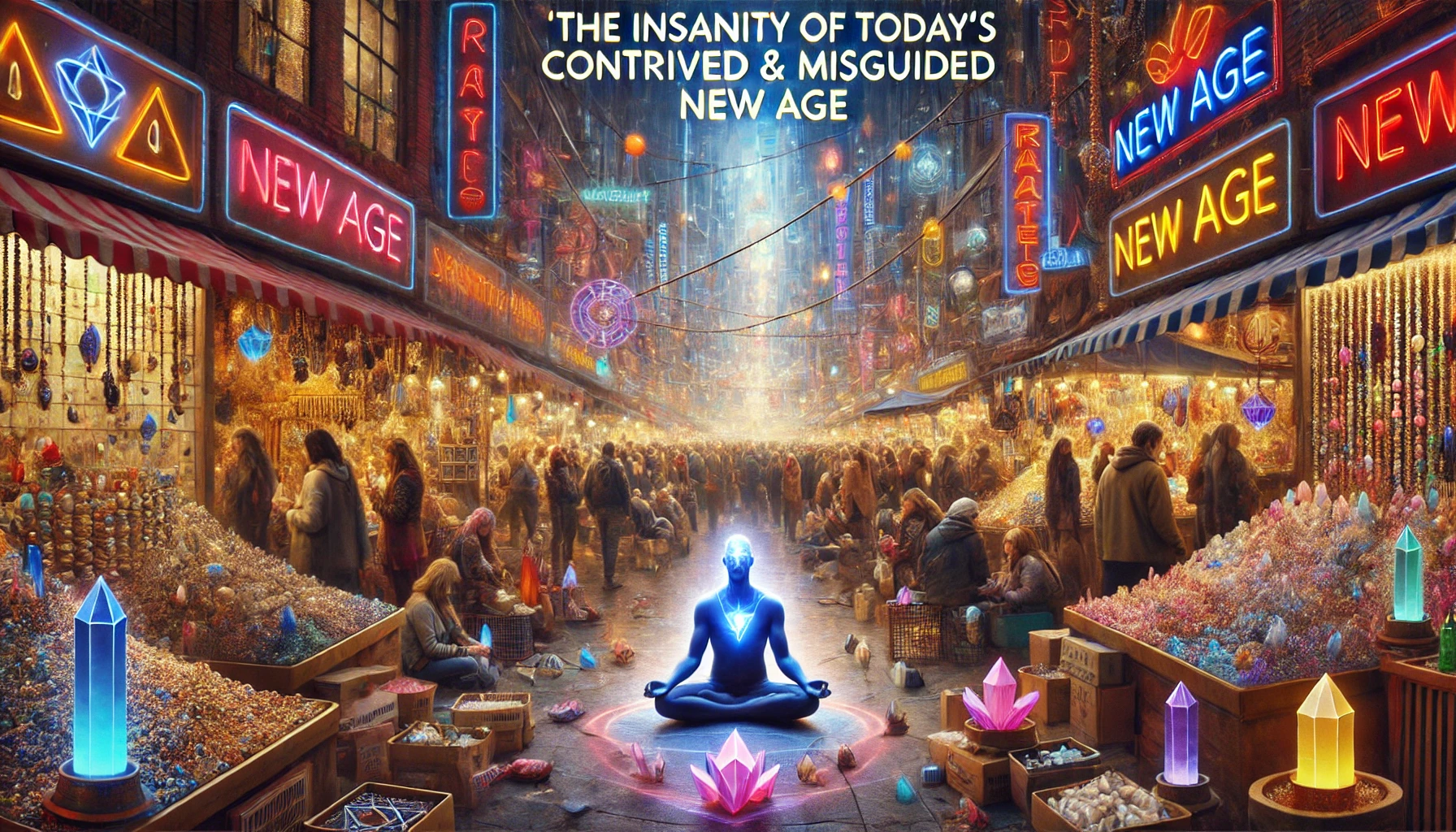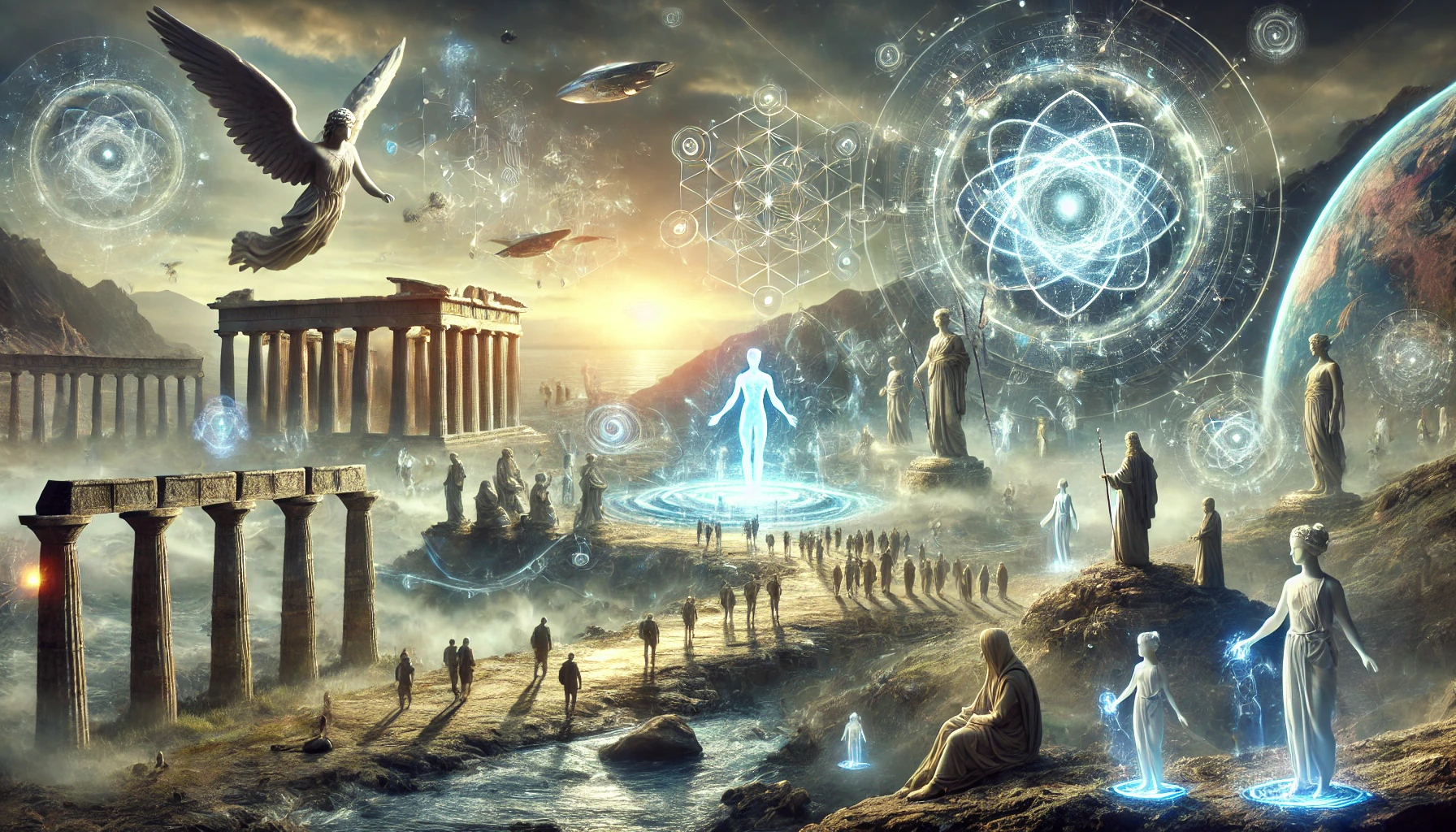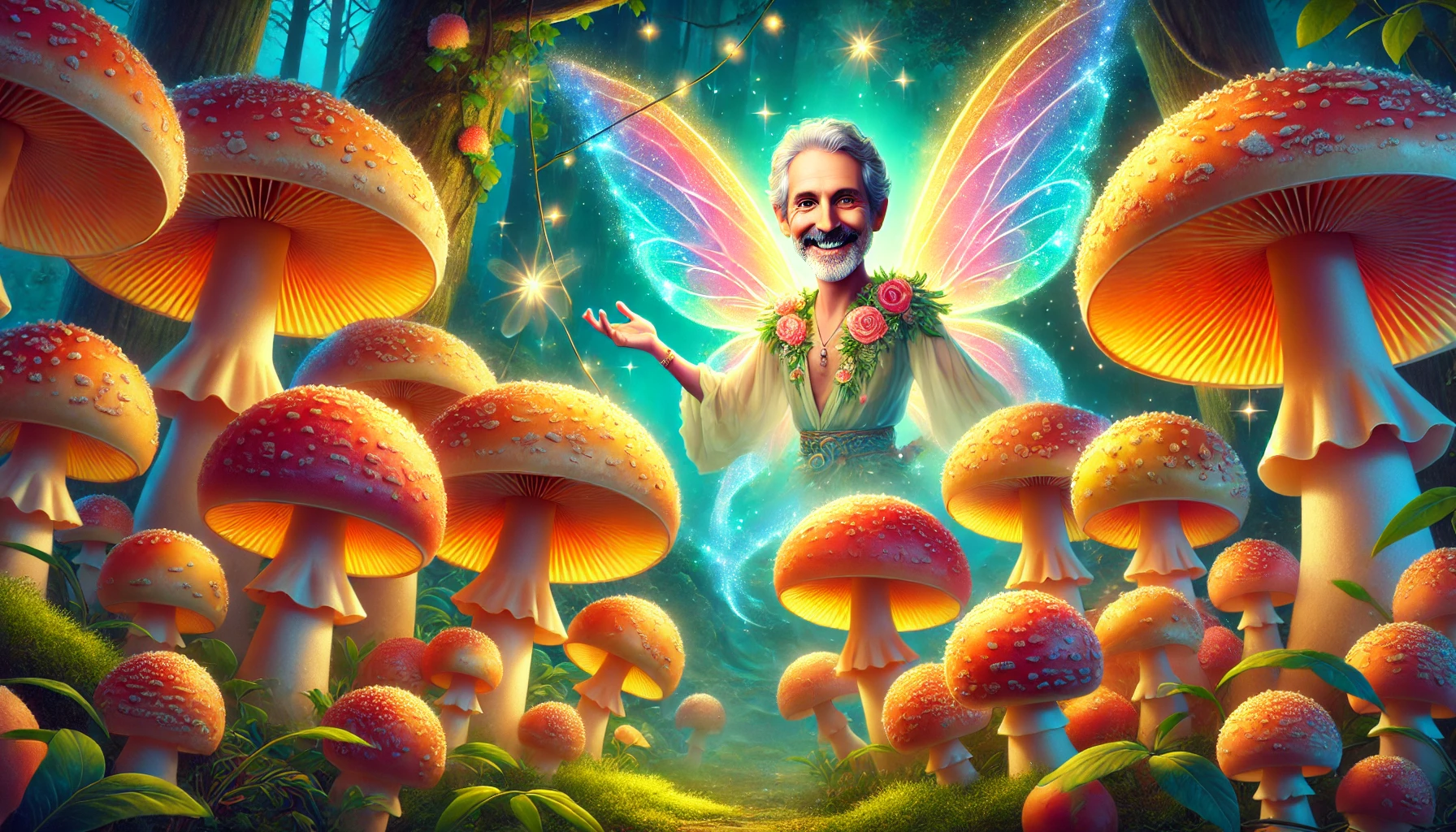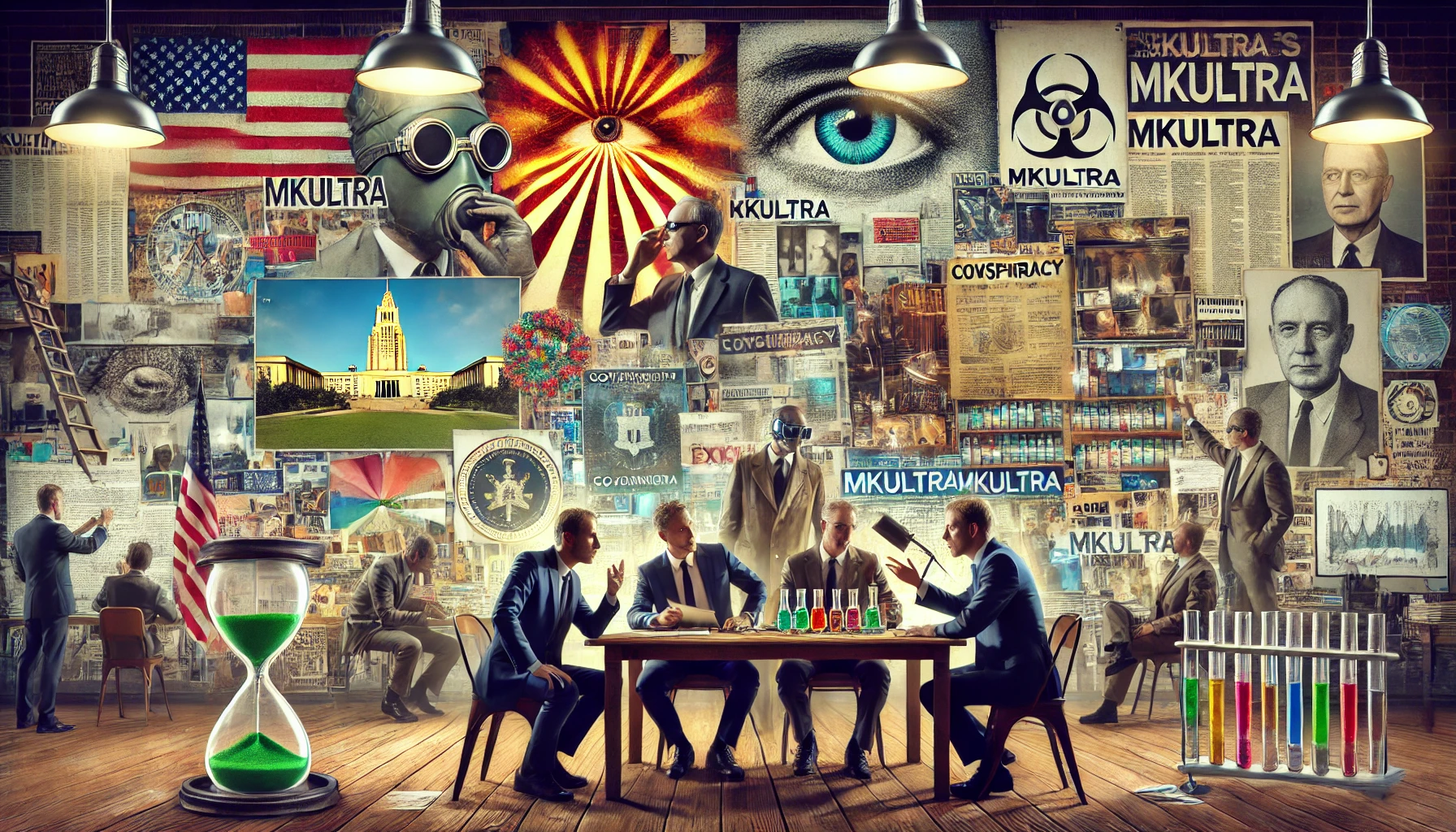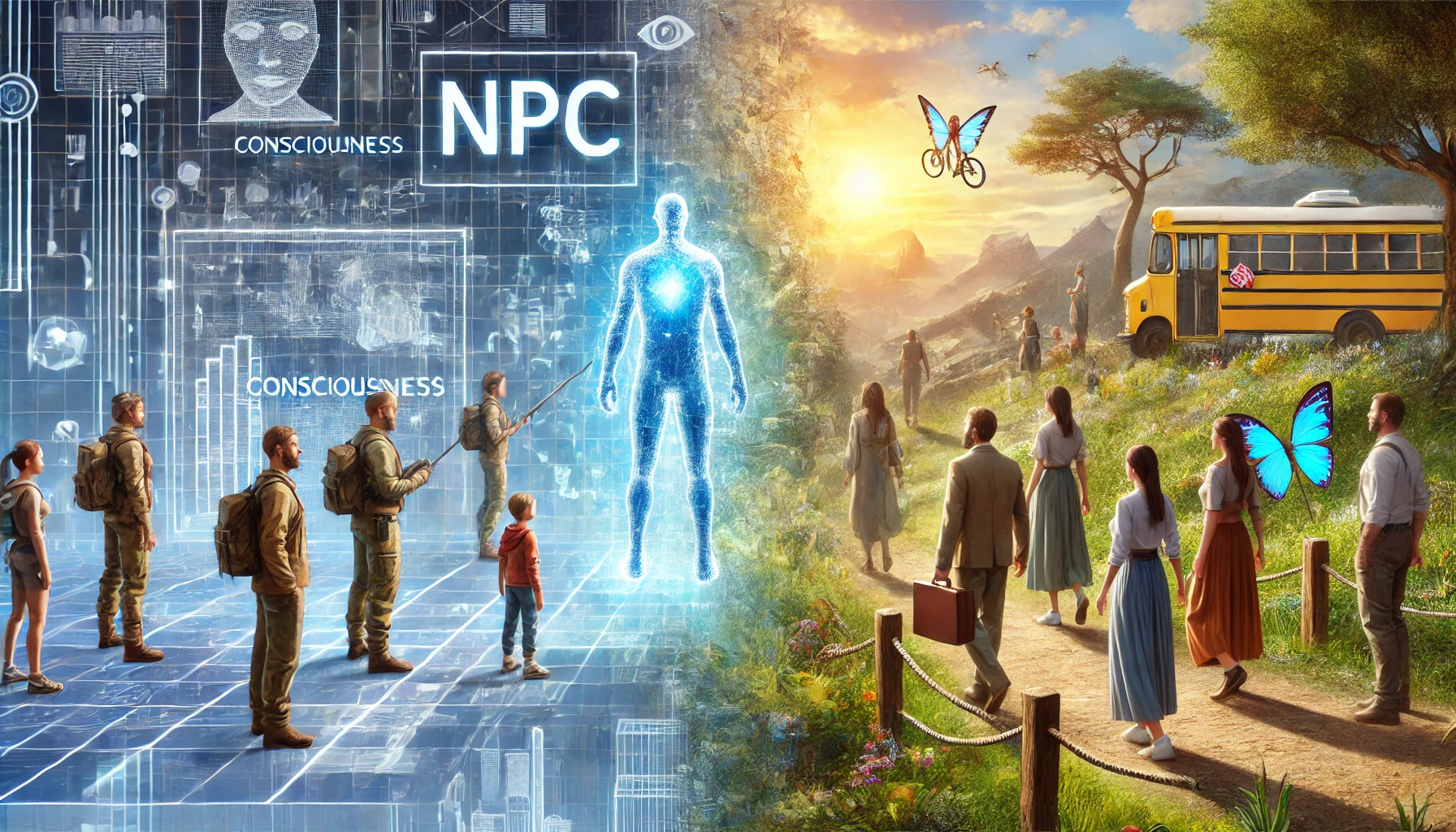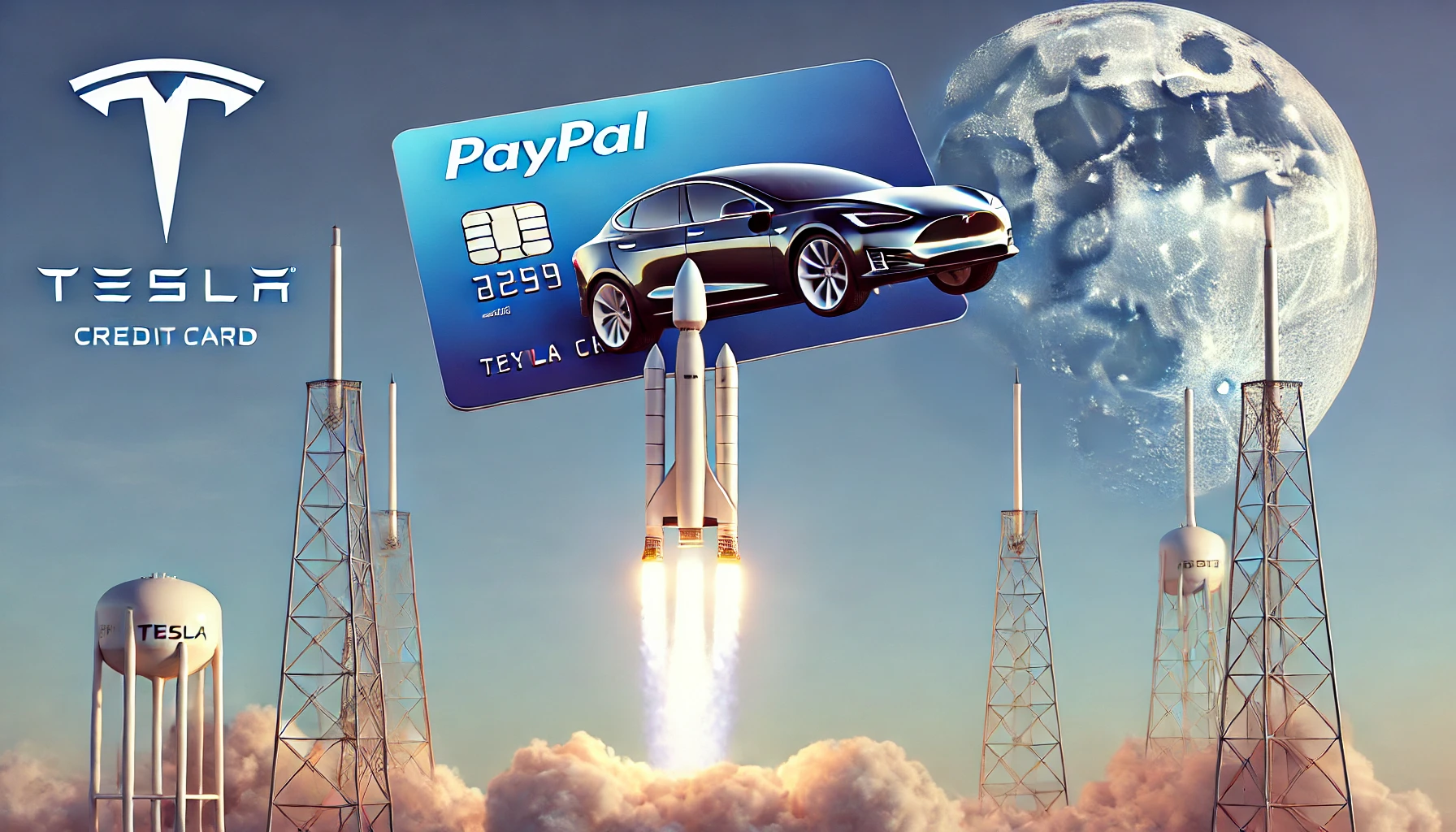
World Headlines, Opinions, And Other Contrivances
Since the beginning of time, a stubborn set of fears has lived beneath the surface, embedded in the substratum of Earthly consciousness. After all, this planet is born of lightness of Being and shadowy darkness and, while beautiful, has some issues.
We might believe the left is right and the right is wrong – or vice versa. We might feel there is a current of change in play – or that we’re entering into what new-age knuckleheads call “5D Consciousness.” We might believe that Jesus is fed up – or will be here by Christmas. We might pray to Allah for peace or to the Israeli God for war.
We’ve birthed opinions built upon religious, cultural, personality, and family conditioning – and we grow them using a continual stream of assumptions born from the contrivance of ego. We want to control reality in ways that align with our attitudes, desires, demands, presumptions, projections, and global identities, all amid a subtle (or flamboyant) self-righteousness.
Balance of Cynicism and Constructive Action
While it’s easy to become cynical and rage against the mess of global politics, there’s value in channeling that frustration into something tangible.
Sure, I know – we can critique the system – those lazy, faux do-gooders and clueless politicians – but then what? Detaching from politics doesn’t mean inaction. It’s about finding a new way to contribute without feeding the chaos.
Imagine what could happen if the energy spent on opinionating went toward tangible community building, mentoring the youth, healing your past, forgiving the jackoff who stole your heart, or simply practicing presence and kindness in daily life.
Action is louder than today’s egoic influencers and all ofour social media rants.
Here’s the thing: If you continually opinionate, support a war, promote fear and prejudice, or believe one country deserves more peace and land over others, you’re part of the problem – a soldier of ego and darkness. Good on ya, mate!
For a time, I was an anti-war demonstrator and world-touring comedian. I was passionate about every idea that popped into my head. When I eventually came up for air, I found myself surrounded by a bunch of weak, passive, selfish, spineless idiots – the do-gooders and opinionators – who do nothing but complain.
I got out of that business altogether.
Then came Trump – a charismatic cartoon figure who wreaked of greed, selfishness, and narcissism. For a time, it was exciting to see a political leader who was genuinely (and obviously) evil – beyond a shadow of a doubt.
I examined what Trump believed and what he eventually did in office. His levels of arrogance and ignorance were so alarming and dangerous that I could barely breathe.
Difference Between Detachment and Apathy
You might find it interesting that your detachment from opinions and ego doesn’t mean becoming apathetic or in denial. Detachment is a place of power; it allows you to see the situation clearly without getting dragged into an emotional storm. If we stay out of storms, we heal, become stronger, and have a chance to participate in more profound and beneficial ways – for ourselves and everyone around us.
Apathy, on the other hand, is indifference – it’s a fuck-you in a way.
To detach is to step back and witness, formulate a peaceful plan to engage, and act from a place of clarity rather than reactivity.
Detachment allows us to choose conscious, compassionate action and our expansion – whether feeding the homeless, offering a prayer, performing a ritual, helping a friend, or simply holding space for someone in pain.
Apathy shuts the door on these possibilities because it involves a deep-seeded anger or sadness.
But, so what? If half the country loves this asshole, what am I going to accomplish by complaining? Who would listen? Who would change their beliefs based on my rants? And how will all this negative energy affect my life and ability to help others?
Such a silly pursuit is politics.
Soon enough, I found my way to being detached from politics. I did my best to see everything from an eagle’s perspective and understood that every aspect of Creation is born from The Divine Consciousness.
There is nothing that is NOT God. EVERYTHING IS GOD.
How Non-Duality Helps Heal Division
The Advaita Vedanta, and the broader principle of non-duality remind us that division is an illusion.
This isn’t just about letting go of political labels but understanding that each conflict, attitude, belief, and opinion is part of a cosmic dance.
The concept of ONENESS suggests that the separation we perceive – and defend – whether left vs. right, good vs. evil, us vs. them – is simply ego play.
Adopting this refreshed perspective makes navigating the world’s conflicts easier – without getting stuck in them. We’re not here to take sides; we’re here to see the interconnectedness of all things, even in war, politics, and personal disagreements.
Spiritual Awakening Amid Chaos
In the grand scheme, the world’s chaos often catalyzes spiritual awakening. Pain, conflict, and destruction are uncomfortable but necessary. After all, amid our comfort, why would we choose to be discomforted? We wouldn’t.
Through trials, pain, and drama, we shed layers of attitude, ego, identities, old patterns, and rigid beliefs. The more insane things get, the closer we collectively approach a breakthrough.
If the world’s current state feels like a breakdown, it’s because breakdowns precede breakthroughs. So, yes, more war might mean more pain, but it could also mean more awakening, more souls beginning to see through the illusion of separateness and into the heart of The Divine.
Even simple desires that do not point to hatred and war produce suffering – yet, we rarely curtail our desires in favor of less suffering. We pursue our desires until we are drenched in pain. Even then, do we change our behavior? Not very often.
But when we’re dragged to painful extremes, we are gutted – and only then do we clear the slate, dissolve portions of our egos, and begin again – with a fresh, more illuminated perspective.
Perspective Shift
When I consider all these aspects together, I get excited about how elusive and delusional the world has become. It seems obvious now that everyone is working out the karma they created throughout their many births and lives throughout spacetime. How could I intervene effectively in their karmic dance? I could not.
Eventually, people work through so much of their shit and darkness, they begin to make better choices. Their attitudes and beliefs shift for the better. Their addictions to culture, religion, family, and similar begin to dissolve. They evolve simply because they bumped into enough pain and mayhem, and their egos let go.
With all the pain and insanity in the world, I almost look forward to more war and more insanity. If we don’t take it all to the next level and experience the highest level of pain, how else will we push through to the other side?
I love my life, but I cannot help but notice how insane the world has become, how difficult it is to accept all that’s happening, and how difficult it is to stay grateful, positive, and prayerful!
As spiritual warriors, we must soldier onward! We must rise up – into our hearts and then into the embrace of the Divine.
Living Beyond Ego’s Complaints
What happens when we live beyond the ego’s constant need to complain and control reality? We find peace. I know, crazy, right? Embodying a curious non-judgment, we create pathways to pure consciousness and service.
After all, our complaints are a distraction, a mask over the fear of actually stepping into action. We’re lazy, right?
But the moment we drop the mental chatter and egoic obsession, what we think should or shouldn’t be happening – we become effective (and joyfully engaged) in surprising ways.
From this higher space, our participation in the world shifts from feeding the problem to becoming part of the solution. And we should stop screaming at our screens long enough to see the world as it truly is: DIVINE, PURE, AND PERFECT!
Everyone Is Polarized
My friends on the left are as ignorant as my friends on the right. Some are obsessed with corporate non-allyship, where they refuse to buy products from a particular company. This is laughable because those companies all have the same board members and investors – nothing really changes with such an egoic stance.
Drink Coke, Don’t Drink Coke. Stop complaining.
In fact, please shut the fuck up and try to do something constructive and beneficial for the world – something that doesn’t involve your uterus, beard, opinions, shopping habits, wardrobe, or kitchen.
Most of our headlines now focus on world wars, presidential lawsuits, and conspiracy theories born from fear and false evidence. Most people assume that Israel and Ukraine deserve a win, no matter the cost. Meanwhile, Russians and Palestinian civilians are being killed at alarming rates – to hit 1M soon enough.
While I don’t condone the Russian invasion or kidnapping of Israelis, my heavens, how about we try just to kill fewer people? Why isn’t this a priority? You have to imagine that while The United States is a beautiful country, it doesn’t necessarily have our best interests at heart. It prioritizes oil, and military bases over peace, children, education, poverty, and minding its own business. Btw, the US has continually voted AGAINST a Palestinian state. Who knew?
The Big Questions
While it might seem that our opinions are justifiable, they’re not. Our opinions mostly prevent us from creating a beautiful reality for ourselves and those we love.
To create a lovely life, we must dive deeply into the Self and ask some vital questions.
Here are a few to get you going:
- What are you doing with your life? What’s the vision?
- How are you healing yourself? What’s the plan?
- Who can you forgive today? And tomorrow? And the next day?
- How are you expanding your consciousness?
- How do you love others?
- How are you greedy, and how are you generous?
- How are you participating beyond complaining?
- How often do you pray?
- In what ways are you improving your reality and that of others?
It’s a wild and harsh world now. The Universe is working out its shit.
See if you can participate in ways that do not glorify your opinions, attitudes, and beliefs. See if you can contribute to your community in ways that surprise even you.
The moment we declare I am Democrat, Republican, Christian, Pagan, Hindu, Muslim – we are being violent, creating separation that is not there. Your identity is not your contrived belief in an
illusion. Your identity is divine, without division, and embedded in the bosom of light and love.
Forget who you were. It’s nothing.
Check out my Shankara Oracle – it’s beneficial in dissolving illusions, beliefs, and opinions in favor of healing and expansion. It’s embedded in the Advaita Vedanta and helpful in showing you the reality of a non-dualistic Universe. Nothing is separate from anything. The whole has always been the whole, and each fraction of the whole is the whole. Consciousness is ONE BEING.
ONE DIVINE BEING.
Which is also YOU.



